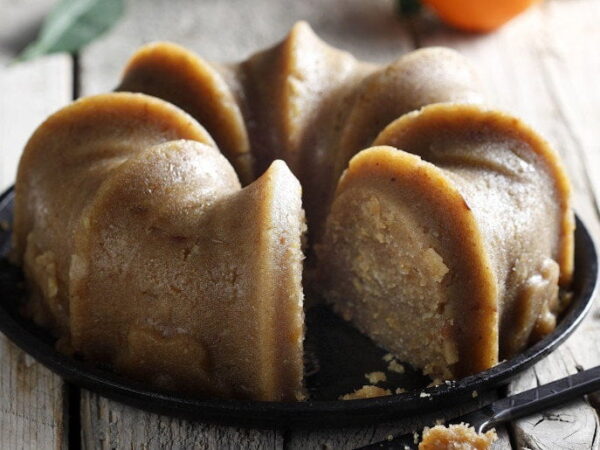Halva simigdalenio (semolina halva), a beloved and timeless Greek sweet, holds a special place in Greek culture, particularly among families who treasure recipes passed down through generations. Its rich history is intertwined with the lives of refugees who fled to Greece from Smyrna (modern-day Izmir in Turkey) in 1922, settling in the northern Greek region of Macedonia. These refugees brought the art of halva-making, turning their tradition and know-how into a flourishing practice of production and trade in Greece.
Halva is especially cherished during Lent, offering a sweet, comforting treat that complies with fasting traditions. While it’s most commonly associated with Ash Monday, halva is celebrated year-round for its high nutritional value. Traditionally made with simple yet rich ingredients, it’s a versatile dessert that can be adjusted in flavour and texture to suit different tastes.
The foundation of halva consists of a fat source—such as butter, olive oil, or sunflower oil—combined with starches like flour, semolina, or tahini. These are sweetened with sugar, honey, petimezi (grape syrup), or glucose. The semolina-based halva, often prepared at home, is quick and straightforward, using semolina (simigdali), butter or oil, sugar or petimezi, and water. To enhance its flavour, it’s commonly spiced with cinnamon, cloves, and orange zest and enriched with nuts like almonds, peanuts, raisins and other fruits.
Beyond its taste, halva embodies resilience and cultural preservation, connecting modern Greece to its historical roots.
To view George’s Grigoriadis recipe, click here.
Photo: foodscross.com




